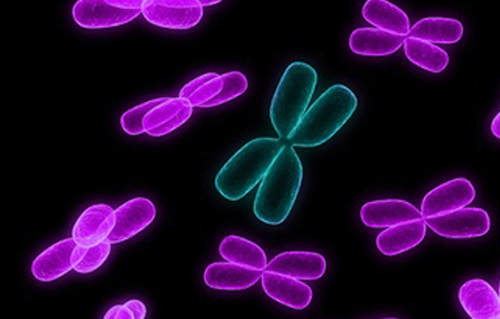Test is available outside the country, and Novartis has a drug for Ph+ CML patients.
Novartis is paying Cepheid $5 million up front in an agreement to bring Cepheid’s test related to Philadelphia chromosome-positive chronic myelogenous leukemia (Ph+ CML) to the U.S. market. Cepheid’s Xpert BCR-ABL test monitors the BCR-ABL gene transcript in peripheral blood specimens from diagnosed patients.
The diagnostic is CE marked in Europe and has been available outside the U.S. since 2006. U.S. commercialization efforts will now be accelerated, with Novartis funding clinical studies and other development expenses. Cepheid is entitled to an additional $3 million in milestone payments over the next 12 months. Upon commercial release in the U.S., Novartis will have exclusive global distribution rights to the Xpert BCR-ABL test in conjunction with Cepheid’s commercial operations team.
Novartis gained approval for Tasigna® as first-line therapy for adults with newly diagnosed Ph+ CML in the chronic phase in June. Novartis is in the process of submitting marketing applications for the drug worldwide and has already filed for approval in the EU, Switzerland, and Japan.
Novartis and Cepheid say that they will explore the development of other diagnostics as well after they have achieved commercialization of Xpert BCR-ABL in the U.S. The BCR-ABL test was developed on Cepheid’s GeneXpert System, a 1 to 16-site, random-access PCR instrument integrating real-time amplification and detection features seen in the SmartCycler System but delivering results from unprocessed samples in about an hour. It automates sample preparation, integrating the complex steps of DNA extraction in the microfluidic cartridges.
Each GeneXpert cartridge also incorporates a syringe drive, rotary drive, and a sonic horn. The sonic horn delivers ultrasonic energy necessary to lyse the raw specimen and release nucleic acids contained within. The combination of the syringe drive and rotary drive moves liquid between cartridge chambers to wash, purify, and concentrate these nucleic acids. After the automated extraction is complete, the nucleic acid concentrate is moved into the cartridge reaction chamber where amplification and detection takes place. The GeneXpert software and barcode scanner manage data and display results.



